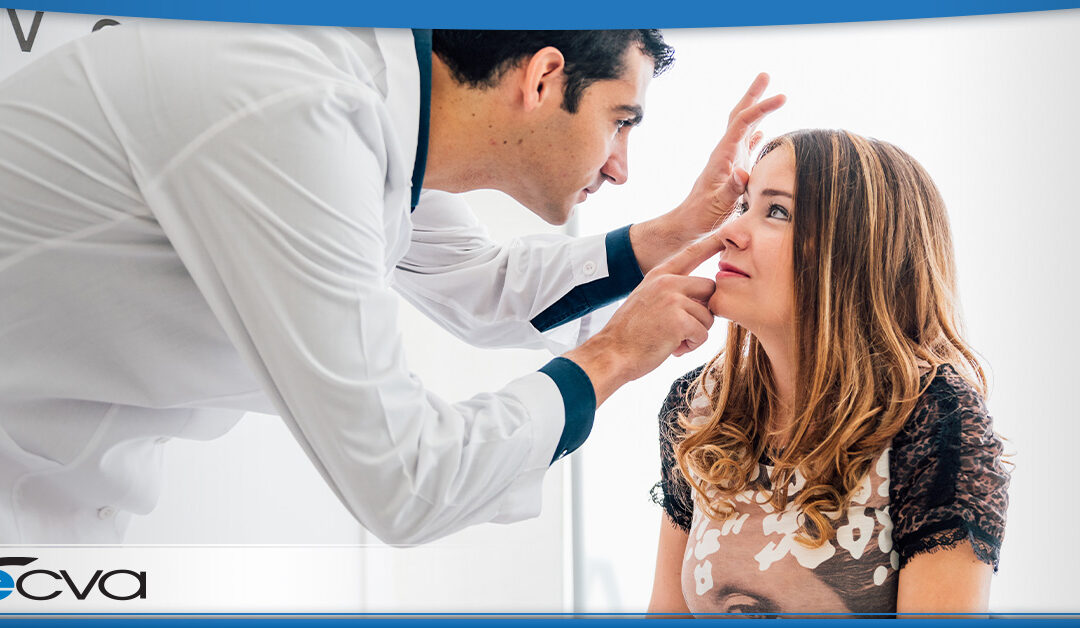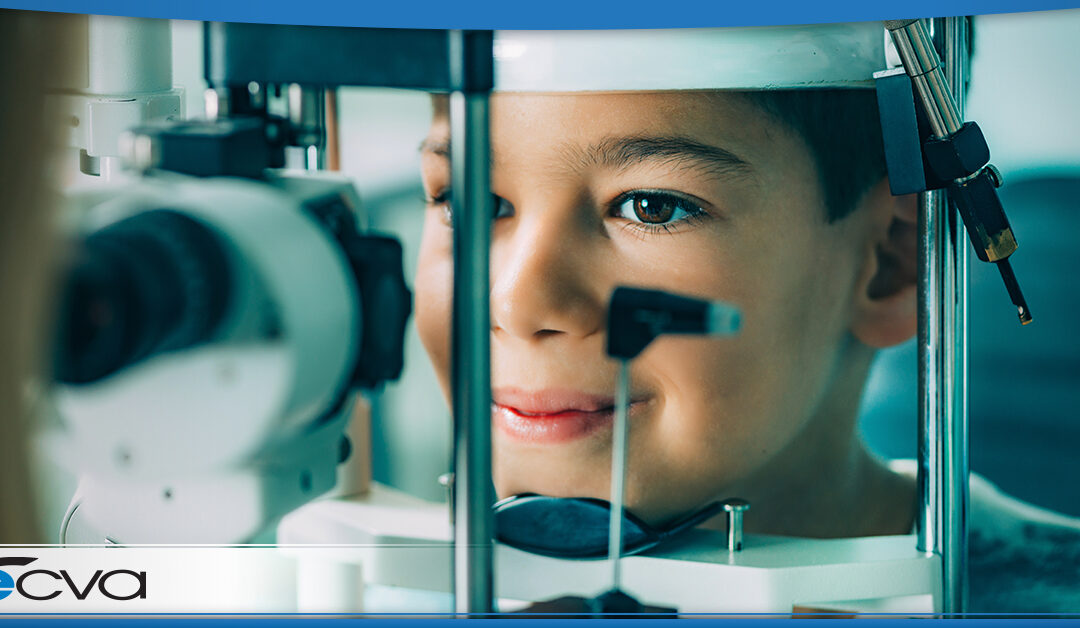
by ecvaeyeadminz | Sep 21, 2022 | Eye Health
While light is critical for vision, it can also lead to some difficulties. One prime example is halos, rings of light around light sources. At times, halos are simply distracting. In others, they’re a major hindrance. Plus, they can be a sign of certain eye-related...

by ecvaeyeadminz | Jan 22, 2021 | Pediatric Ophthalmology
Most parents are diligent about caring for their child’s health. However, many overlook the importance of eye exams or aren’t fully aware of when their child should see an eye doctor. This is especially true with younger children who aren’t yet in school or...




